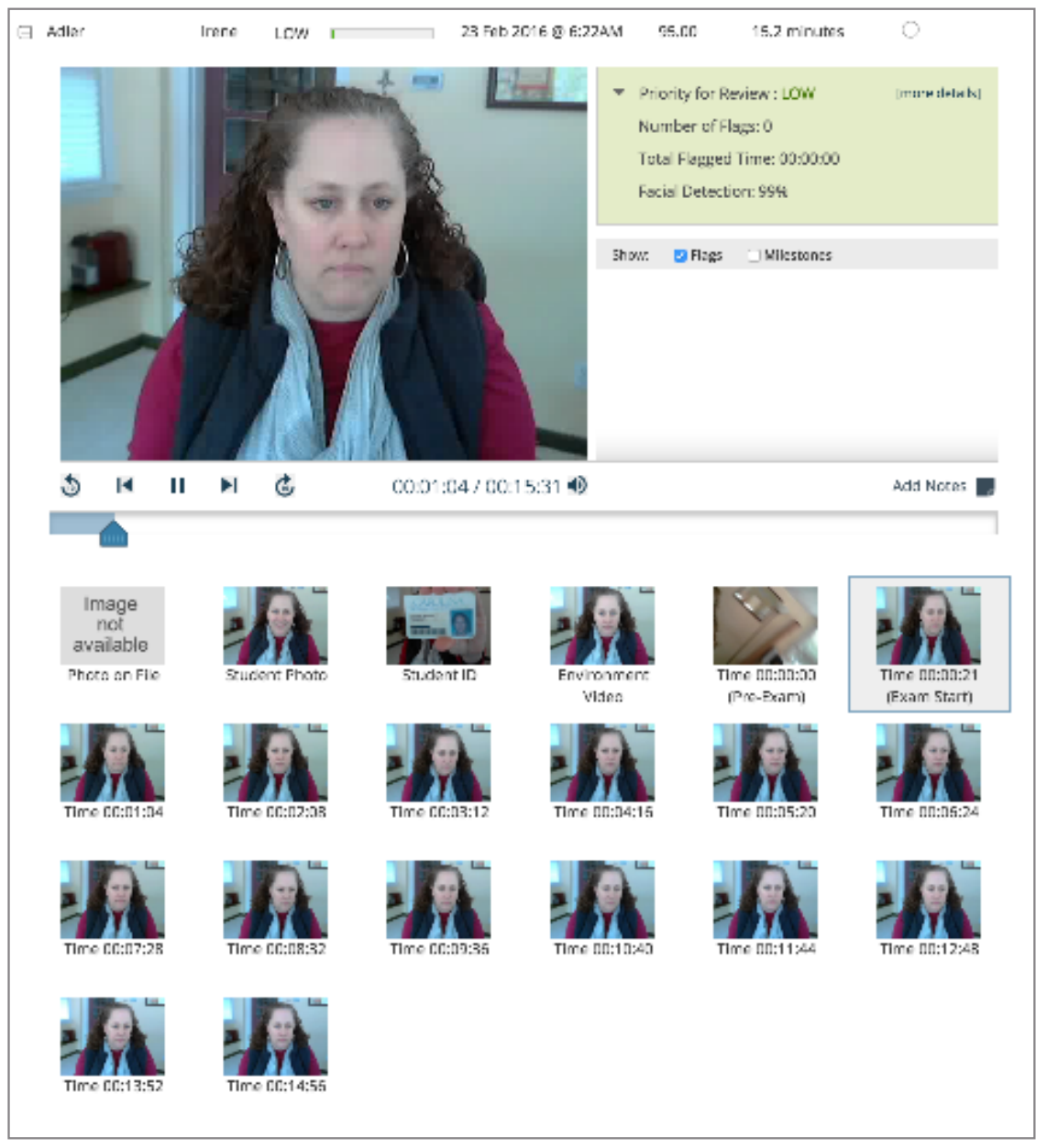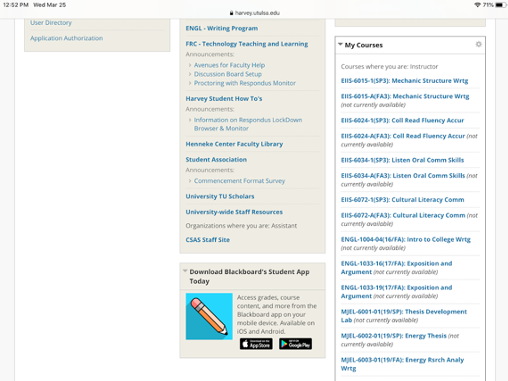Older browsers are slower, less secure, and don't support our latest features. To continue, please update Safari or download another browser such as Mozilla Firefox. This document will outline the basics for migrating simple quiz content created in Word into Canvas; much more detailed documentation for different question types is available in the Respondus Knowledge Base or you can get help from Teaching and Learning Technologies by emailing classes@emory.edu. Teachers can limit assignment submissions, drag & drop multiple files into empty modules, and use Respondus LockDown Browser with New Quizzes. Canvas releases arrive the third Saturday of each month. Lee Clontz July 10, 2020. This site uses cookies. By continuing to browse this site, you are agreeing to our use of cookies. Find out more here.
Student Technology Support (STS) is a free service for Emory students providing technical support and assistance for student-owned devices.


STS operates on a first-come, first-serve basis. Most support requests, such as EmoryUnplugged wireless setups or game console registrations, can be handled relatively quickly. More complicated issues, such as virus and/or spyware removal, may require a computer to be checked-in for repair.
Students will need to have their Emory Student IDs for verification when visiting us for assistance or picking up a computer.
- Configure EmoryUnplugged connectivity on capable laptops and personal devices
- Install or reinstall operating systems
- Scan for and remove computer viruses and other types of malware
- Install a suite of anti-spyware solutions to combat future infections
- Assist with general operating system troubleshooting
- Install the latest hardware drivers for your machine
- Uninstall programs that pose security risks to your computer, including P2P software
- Diagnose hardware problems and assist with repairs
- Assist most devices not compatible with EmoryUnplugged that are compatible with EmoryGuest
- Windows* 7 and up
- macOS* 10.11 and higher
- Wireless setup for Linux, Android, and Apple iOS
- Game consoles, eReaders, and others for wireless use in residence halls
- Any device not listed, STS will attempt to help, but cannot guarantee service
*STS will only work on legitimate finished operating systems (no pirated copies or beta builds).
All machines that are going to be dropped off/checked-in require a power cord.
Students are responsible for backing up their data before devices are brought in. STS is not responsible for any data loss. Please ask us if you need assistance with backing up data.
For check-ins: STS strives to remediate your computer within two to three business days. Serious issues may take longer.
Fall Hours
Monday - Friday | 10:00 AM - 6:00 PM
Woodruff Library - 1st Floor
540 Asbury Circle | Atlanta, GA 30322
How to Reach Us:



- Visit the Student Technology Support desk Monday - Friday for in-person assistance.
- Location: Level 1 of Woodruff Library.
Please note we are no longer providing virtual support and will offer in-person support only this Fall semester.
- Call the University Service Desk at 404-727-7777 or emailSDL-Help@emory.edu to open a ticket.
Frequently Asked Questions
Emory University Respondus Lockdown Browser
- Password Resets: Contact the University Service Desk at 404-727-7777 or at help.emory.edu
- Where do I access Emory's Virtual Community Hub?
- We are supported by students for students. If interested in joining our team, visit our student employment page to learn more.
Student Guides
What are external integrations?
Canvas provides a large number of functions as part of the core Canvas product. For enhanced functionality that is not present within Canvas, third-party applications can be integrated into Canvas courses via the Learning Tools Interoperability standard, commonly referred to as “LTI.” LTI integrations allow for third-party applications to appear in the Canvas interface and navigation, while allowing the third party to receive the student data it needs to properly function (if any). In some cases, LTI integrations are simply used to provide authentication into a third-party resource, like the ARES Course Reserves system or third-party publisher plugins. Other cases can be more elaborate, like plagiarism detection tools, external testing and course recording systems like Echo 360.
What integrations does Emory currently offer through Canvas?
How does an instructor or instructional designer request a new integration?
Canvas LTI integrations are requested via through the Canvas LTI Integration Request form. Requestors will need to provide an explanation of what the integration is for, cost, vendor information and any relevant student data being passed into the third party.
Why doesn’t Emory allow faculty or instructional designers to install their own integrations?
LTI integrations usually involve some transfer of student data, which can include name, enrollments, email and other information, to the third-party provider of the integrated service. Because of the potential for data security risk, all LTI integrations have to be vetted and tested by the Teaching & Learning Technologies team, and possibly other entities including Information Security, the Registrar and the Digital Scholarship & Pedagogy IT Governance Sub-Committee, before the integration can be installed. Student records retention policies need to be considered as well. In some cases, having LTI integrations installed at the course level can have larger unintended consequences, so the TLT team works with faculty and the instructional design community to ensure a functional, supportable environment.
How long does it take to enable the integration?
Please provide the Teaching & Learning Technologies team with at least four months to assess the integration for suitability and supportability. Listed below are example deadlines for requests expected the following semester. These may vary depending on the complexity of the request.
- For use within Canvas by the fall semester, the deadline is April 1st before the desired fall semester.
- For use within Canvas by the spring semester, the deadline is September 1st before the desired spring semester.
Why does it take so long to get an integration approved?
In some cases, it may not. If the vendor integration is anonymous and straightforward, we should be able to move more quickly. In other cases, the vetting and security approval process can take significant amounts of time to move through the relevant offices and to receive the necessary approvals. Generally speaking, the more student data is transacted to and/or from the third party, the more scrutiny the integration will receive.
Emory Respondus Lockdown Browser
How will my integration appear in my course?
The appearance of the integration is dependent upon the way the vendor has configured it. In some cases, integrations will populate the left-hand navigation in your Canvas course. Other integrations may occur within the assignment creation interface or on the Modules screen. In other cases, LTI integrations will show up in the list of External Tools when creating an assignment. The LTI integration vendor should be able to tell you where to look for your integration within Canvas, and you may also email classes@emory.edu to request that information from Teaching & Learning Technologies.
How can I hide integrations I don’t use?
Integrations that are enabled institution-wide (like Respondus Lockdown Browser) show up in the navigation by default, but can be hidden in the Settings / Navigation area of your Canvas course.